*Glossary:
1) Ancient: PAST [always before noun] from a long time ago
2) Abundant: existing in large quantities
3) Modern: NOW relating to the present time and not to the past
4) Garment: a piece of clothing
5) Occasion: EVENT [C] an important event or ceremony
*Text:
Korean and Malaysian traditional clothes
Korean traditional cloth:
Hanbok is Korean traditional clothing. It is handed down from ancient Korean times, but today’s Hanbok is similar to the style during the Joseon Dynasty (1392~1910). (1)
Since Korea has abundant materials for making dyes, rich colors are expressed through Hanbok. It is very appropriate for the floor-sitting life style in Hanbok, Korean traditional houses, and is good on everyone regardless to the body shape with its volume. Today, Koreans wear their traditional Hanbok on the special occasions such as weddings and traditional holidays, because of its inappropriateness for the modern life style. (2)
However, Hanbok is still loved by Korean people and Koreans prefer to put on daily life. Hanbok adjusted to the daily life, which has shorter length and is much easier to put on or move. The Korean designers have constantly introduced hanbok to international fashion shows such as Pret-a-Porte in France, and people around the world are showing their interests in Hanbok.
Malaysian traditional clothes:
Malay’s traditional costumes are three kinds
First, are Malays (men-baju melayu , women-baju kurung). Baju Melayu is a traditional Malay outfit for men. It literally translates as ‘Malay shirt’ and consists of two main parts, trousers and shirt. The two parts are made out of the same type of fabric which is usually silk, cotton, or a mixture of polyester and cotton. A skirt-type adornment is also commonly worn with the Baju Melayu, which is either the “kain samping”, made out of songket cloth or the kain sarung, made out of cotton or a polyester mix. Both are loops of fabric which are folded around the wearer’s waist.
A jet-black or dark colored headgear called the songkok can also wear to complete the attire. (3)
Second are Indians (women-sari). A sari is a strip of unstitched cloth, ranging from four to nine meters in length that is draped over the body in various styles.
It is popular in India, Nepal, Bangladesh, Pakistan, Sri Lanka, Bhutan, Burma and Malaysia. The sari is usually worn over a petticoat (pavada/pavadai in the south, “chaniyo” in the west and shaya in eastern India), with a blouse known as a choli or ravika forming the upper garment. The choli has short sleeves and a low neck and is usually cropped, and as such is particularly well-suited for wear in the sultry South Asian summers. (4)
Third are Chinese women (women-cheongsam).The cheongsam is a body-hugging (modified in Shanghai) one-piece Chinese dress for women; the male version is the changshan. It is known in Mandarin Chinese as the qipao (旗袍) Wade-Giles ch’i-p’ao, and is also known in English as a mandarin gown. (5)
Korean and Malaysian foods.
Both Malaysian and Korean foods are spicy. Malaysian and Korean cuisine are a country with also largely based on rice, vegetables and meat.
Since Korea is a country with four seasons, their food is based on weather. For example in winter, Koreans usually eat ‘Samgaetang’ (chicken ginseng soup) and ‘Patchok’ ( rice and red bean porridge) and during summer, Koreans usually eat ‘Naeng-myon’ (cold noodles).
Malaysia is a multi-races country. So, Malaysian cuisine is based on races. We have Malays, Indians and Chinese in our country. Malay’s famous food is called ‘Nasi Lemak’ , famous Indian’s food is curry while Chinese famous food in Malaysia is called ‘ Nasi Ayam’( chicken rice).
For food etiquette, Korean eat food using chopstick but Malaysians eat using their right hands. Koreans also eat rice using rice bowls but Malaysians eat rice using plates. (6)(7)
*References:
Text:
(1) http://en.wikipedia.org/wiki/Hanbok
(2) http://www.koreanculture.org/06about_korea/symbols/01hanbok.htm
(3) http://en.wikipedia.org/wiki/Baju_Melayu
(4) http://en.wikipedia.org/wiki/Baju_Melayu
(5) http://en.wikipedia.org/wiki/Cheongsam
(6) http://en.wikipedia.org/wiki/Malaysian_cuisine
(7) http://en.wikipedia.org/wiki/Korean_cuisine
*Discussions/Questions:
1) What kind of traditional cloth clothing do you want to try to wear? Why?
2) What do you think about your own country`s traditional cloth clothing?
3) What do you think we should do to preserve our traditional clothes clothing and foods?
*Class # 69
Group # 4
Members: Jo Yong Jun, Woo Jai Hyeon, Attiya, Mahzaton



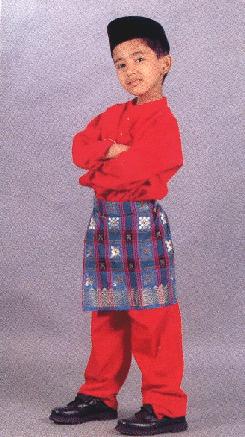

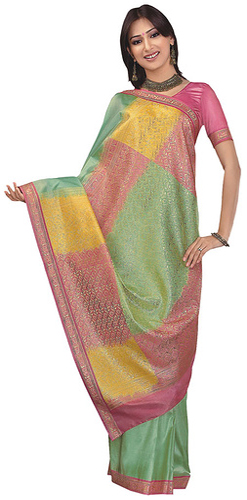
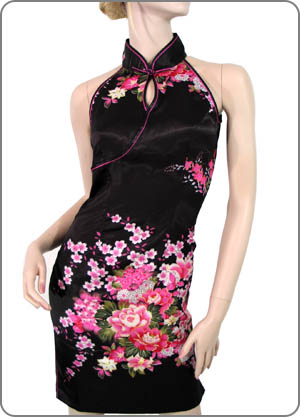
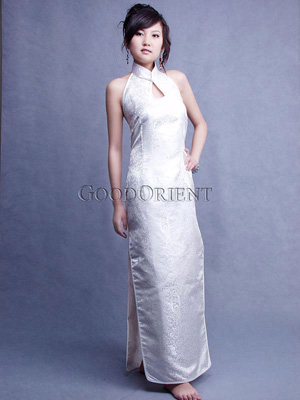
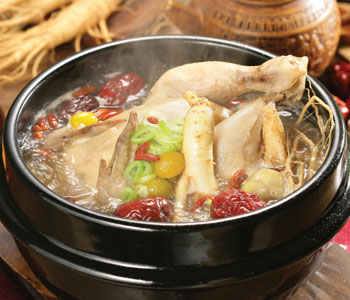




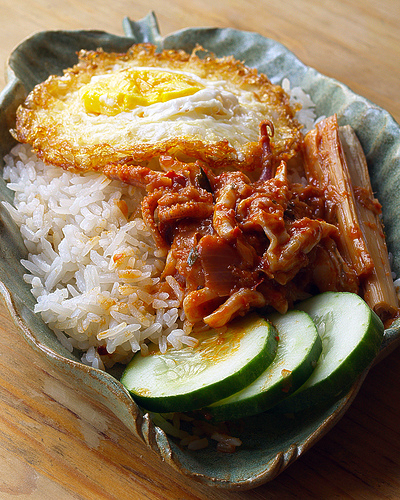
nice blog…
thanks for sharing 🙂
Comment by kain songket — July 16, 2010 @ 2:11 am |
Nice blog!
Comment by Mohammad Raihan Mazumder — September 6, 2010 @ 5:58 am |